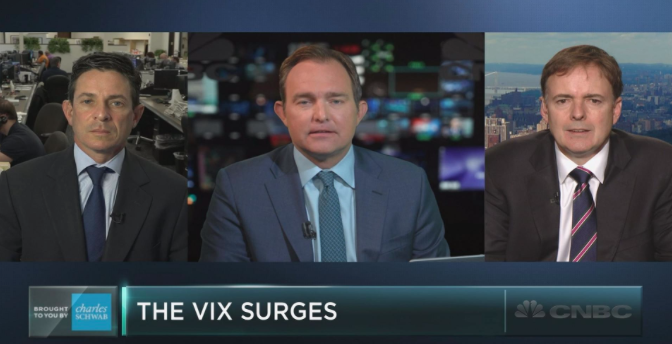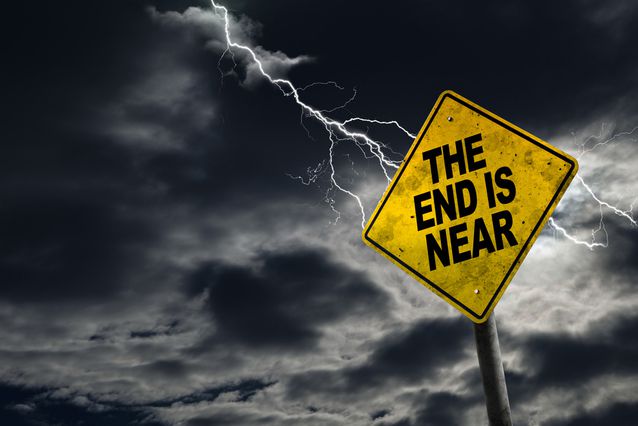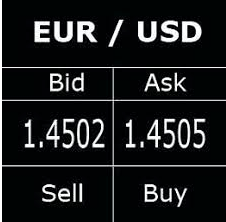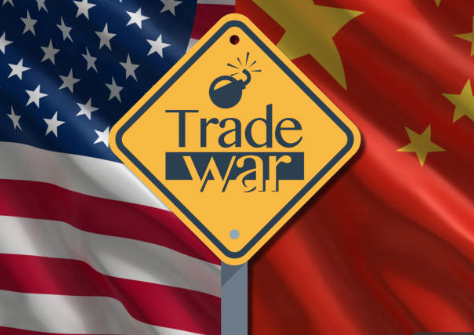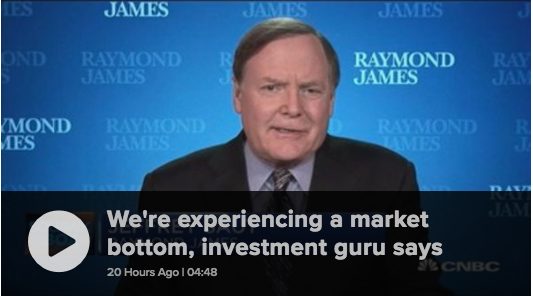They’ve been at it for nearly two-full weeks now, the MEDIA MAVENS! The demonization of the VIX, Volatility complex and those who trade it seems never-ending, but in time… in time it will end. Jim Cramer of CNBC, Thestreet.com and Action Alerts continues to purport the greatest and most sensationalistic characterization of those who short volatility, even as the VIX has drawn down from 50+ to sub 20. One more time, 50+ to sub 20!
It’s often been said that shorting volatility is like “picking up pennies in front of a steamroller”. It’s cute; it really is a cute saying, but every year the market introduces IPOs that turn out to express a likeness. GoPro was great until it wasn’t right? Crox anybody? Would Lehman Brothers, Bear Sterns or General Electric be characterized in the aforementioned manner? Will Tesla one day carry the “pennies & steamroller” characterization? Seriously, take a look at Tesla’s business model, take a look at all the analysts’ notes each and every year that fail to address concerns about the product’s total addressable market (TAM). Listen-in when some significant hedge fund, a hedge fund of consequence touts Tesla as a holding in the fund, but side-steps the TAM questions. What’s scary is the TAM is somewhat known based on price point. The TAM price point exists in other auto manufacturers, but when you simply transfer that price-point (TAM) to Tesla automobiles, then introduce the variance in engine technology, there is simply no real probability of a scalable profit. And yet Tesla shares trade at such a remarkable valuation. For every failure to deliver on metrics and every necessary process to raise capital, the share price shrugs off these otherwise negative performance and process issues in favor of an appreciating share price. And yes, we must dismiss the fact that those other auto manufacturers with products of similar price point and knowing the TAM involved for the likes of Tesla have not acquired the company. They must all be missing something in their analysis, right? Of course this is a public company that must only find the greatest of knowledge as to the company’s future amongst the institutional and retail investor crowd, not the major auto manufacturers who have operated for decades and through advances in technologies as well as various economic conditions. Yeah, that must be it right? Or again, will we one day refer to Tesla the same way that the Volatility complex is being characterized?
The problem with generalizing and characterizing the short-VOL trade in the manner done by the media is considering what would have to be the alternative side of the coin, the opposing trade or going long-VOL. For those professionals in the Volatility-complex, they know and understand such a trade is foolish, demanding of extreme timing and out of favor for these very reasons amongst others that are too numerous to list. The long-VOL trade is a game of chance and akin to gambling in a casino given the nature of the VIX and its derivation from the SPX options complex or SPY, which inevitably rises long-term. If we believe the SPX rises long-term and the VIX is an inversely correlated expression of the SPX then it must decay long-term, thus proving out that the long-VOL trade is the more speculative trade and little more than gambling as depicted in the historic chart of the VIX. There’s a fundamental reason the VIX found a new, all-time low reading last year as the SPX rose to an all-time high. But that’s not what the media is reporting or discussing to any degree or significance. And based on that fundamental understanding how is it that directly correlated instruments are speculative in this regard? Because I can’t box up and ship volatility doesn’t make it any more speculative or a lesser asset than that for which other market participants express in with other asset classes like precious metals or crude oil. I don’t see that many market participants taking possession of a barrel of oil, do you?
Simply put, the media is reacting to the recent VIX event that was a magnificent event when compared to how complacent the market was in 2017. But you didn’t hear anything from CNBC, Bloomberg or Fox Business in regards to XIV and SVXY doubling in value year-over-year in 2017. That’s a whole lot of pennies. In fact they’ve hardly ever discussed the VIX-ETP complex since products commenced trading back in 2009. Up until now, the media has been “hush” and as the products have basically performed as described in their respective prospectuses. Even with the accelerated termination of XIV, such a description of this mandate is denoted in its prospectus. By the way, there is a great deal of Safe Harbor statements and “Risks to the Business” within most every prospectus, inclusive of Tesla’s. No, I’m not short TSLA shares; just saying!

That’s your chart of crude oil folks, black gold! I can certainly recall the same rhetoric being popularized about the short-VOL trade in the Nymex, crude oil complex back when oil was trading from $80-120 a barrel. “Get the speculators out of the market”! The media chanted and cried relentlessly as the price at the pump barreled above $4 in some parts of the nation.
“THE drastic rise in the price of oil and gasoline is in part the result of forces beyond our control: as high-growth countries like China and India increase the demand for petroleum, the price will go up.
But there are factors contributing to the high price of oil that we can do something about. Chief among them is the effect of “pure” speculators — investors who buy and sell oil futures but never take physical possession of actual barrels of oil. These middlemen add little value and lots of cost as they bid up the price of oil in pursuit of financial gain.”
A simple Google search will literally bring forth hundreds of articles including the one for which the noted quote was articulated by the New York Times in 2012. Nonetheless and several years later the oil “speculators” are still trading black gold and the market works according to its construct, just as the Volatility market has and will continue to do so. Point being, that when extremes are felt in a market or complex of derivatives such as VIX-ETPs, the media works its “magic”. They make a lot of noise, sell a lot of commercial advertisements and achieve greater viewership covering a story they may not know terribly much about, for the sake of sensationalizing extremes. The issue with this media operation may be what doesn’t happen over the course of the year or long-term when the VIX operates as intended and the VIX-ETP complex of derivative instruments does what they do. When there’s blood in the streets every media outlet wants a piece of the story, some want a piece of me! But when all settles down and is found a period of normalization and lacking extremes, nobody will come-a-calling, as there’s nothing to sell, sensationalize and scrutinize.
And just so as I don’t leave you all with little more than prose or perspective on the media that I believe to be found wanting for greater acumen and discretion, here’s the latest from David Moadel.
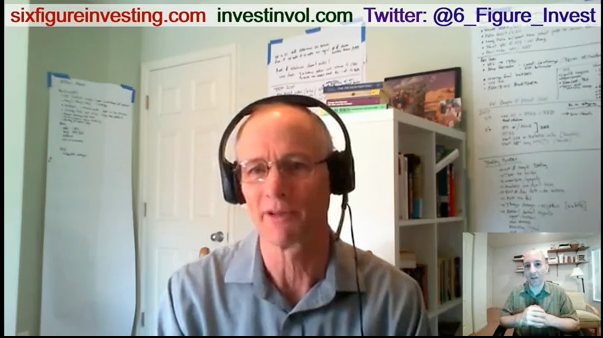
David had a wonderful interview with Vance Harwood recently, capturing the sentiment of the recent VIX event. About 23 minutes into the video interview, Vance discusses the issues with the long-VOL trade. Artemis Capital has issued many, white paper reports over the years outlining the calamity to come via the VIX and VIX-complex of derivatives. To be perfectly clear, while I agree with much of Chris Cole’s economic outlook and subsequent outcomes for the VIX… these are known.
VIX CNBC, embedded photo: https://www.cnbc.com/video/2017/08/10/making-sense-of-the-vix-surge.html
Tags: SPX QQQ VIX UVXY XIV

